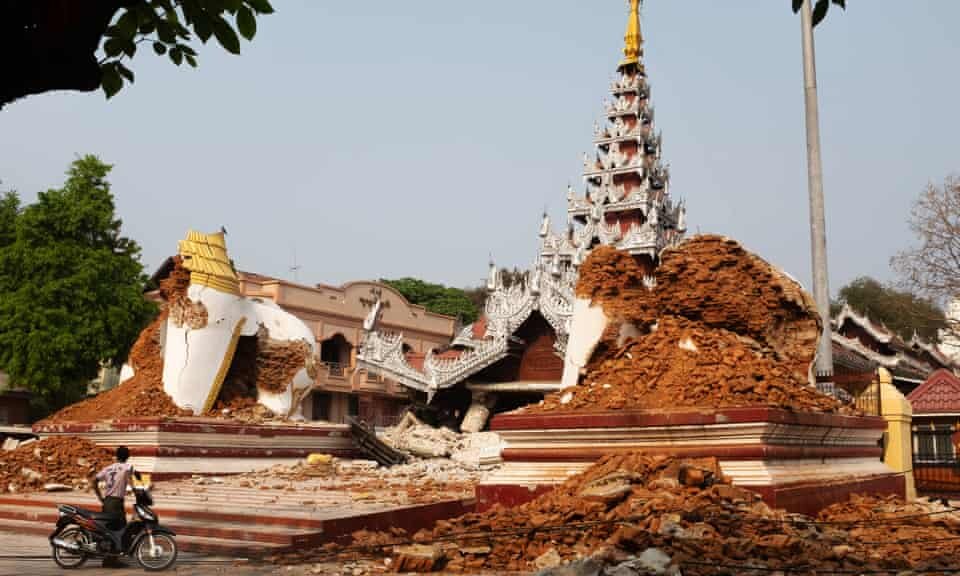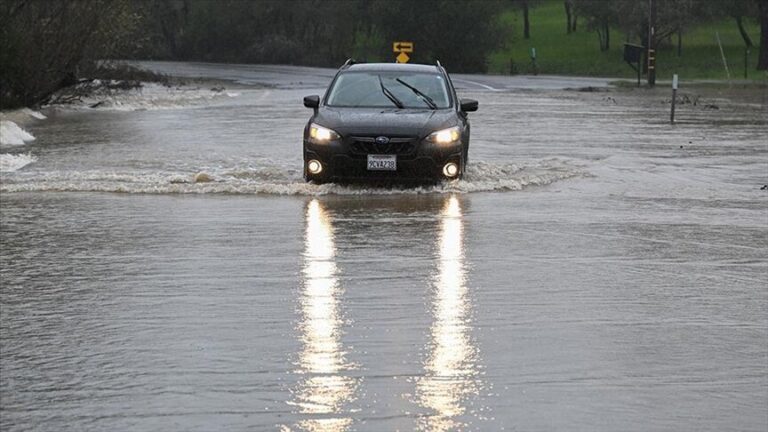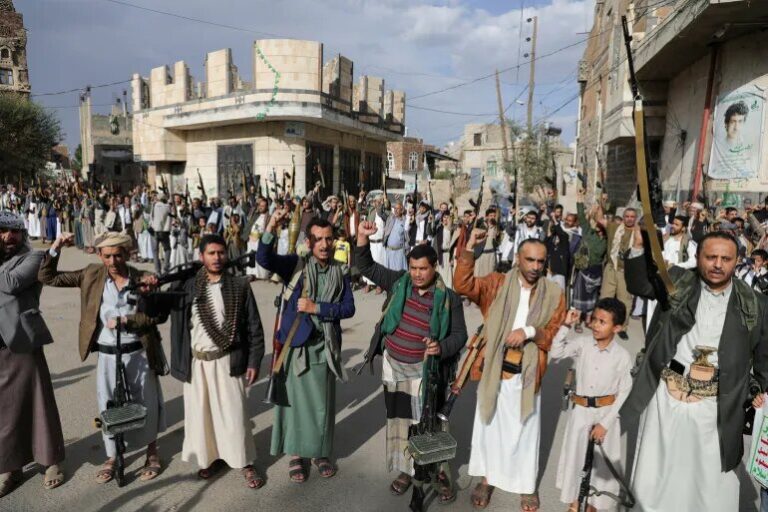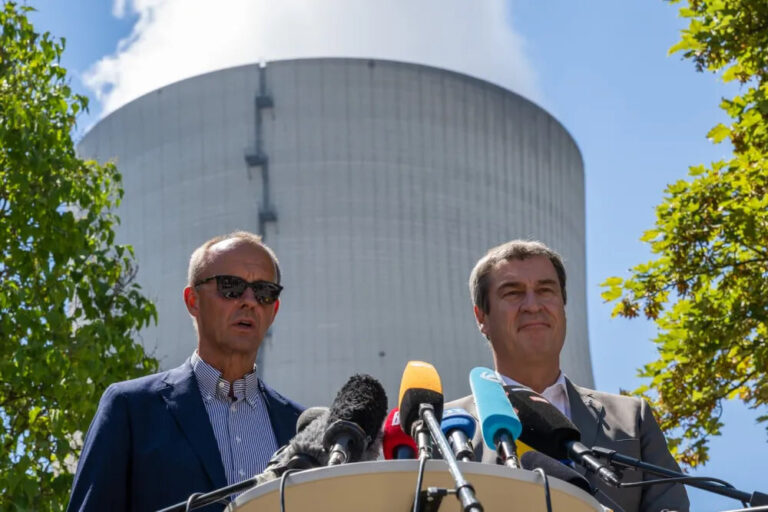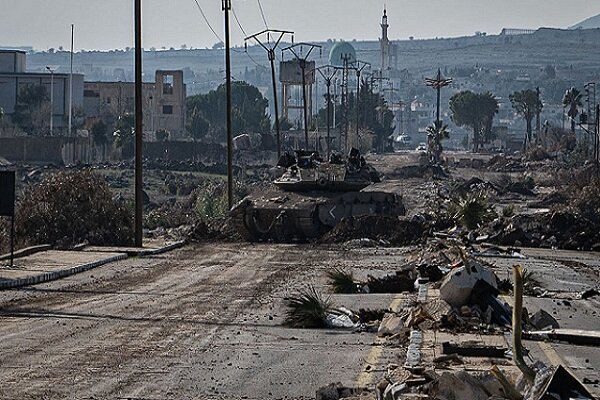Tragic Myanmar Earthquake Claims Over 2,700 Lives: A Devastating Humanitarian Crisis
The recent earthquake in Myanmar has tragically claimed over 2,700 lives, marking it as one of the most devastating natural disasters in the region. According to reports from China Central Television, the toll continues to rise as search and rescue operations are underway to locate survivors and recover bodies.
On March 28, a powerful earthquake struck Myanmar, leaving a profound impact on the nation and prompting immediate international response. Countries such as Russia and China, along with the World Health Organization, have mobilized teams and resources to assist in the aftermath of this catastrophic event.
As of now, the reported number of bodies recovered stands at 2,719. This grim statistic underscores the scale of the disaster and the urgent need for humanitarian assistance. Here are some critical points regarding the earthquake and its aftermath:
- Date of the Earthquake: March 28
- Location: Myanmar
- Confirmed Death Toll: Over 2,700
- International Response: Aid from multiple countries and organizations
- Focus of Rescue Operations: Recovery of bodies and search for survivors
The earthquake has not only resulted in a high death toll but has also devastated communities and infrastructure throughout the affected areas. Local authorities and international aid groups are working tirelessly to assess the damage and provide necessary support to those impacted by this disaster.
In addition to the loss of life, the earthquake has caused significant destruction to homes, schools, and hospitals, leaving many without shelter and basic resources. The immediate needs of the affected populations include:
- Emergency Medical Assistance: Providing healthcare to the injured and ill.
- Food and Water Supplies: Ensuring access to basic necessities.
- Shelter: Offering temporary housing for those displaced.
- Psychosocial Support: Helping survivors cope with trauma and loss.
International organizations, along with local governments, are coordinating efforts to deliver aid to the affected regions. The swift response from countries such as China and Russia illustrates the global commitment to providing support in times of crisis. Furthermore, the World Health Organization has deployed teams to assist in medical care and public health initiatives as the situation evolves.
The aftermath of the earthquake poses numerous challenges, including the potential for aftershocks and the need for long-term recovery plans. The resilience of the Myanmar people is evident as communities come together to support one another during this difficult time. Recovery efforts will require significant resources and coordination to rebuild lives and infrastructure.
As the situation develops, continuous updates will be crucial for understanding the full impact of the earthquake and the ongoing humanitarian efforts. The commitment of the international community will play a vital role in ensuring that the affected regions receive the support they desperately need.
In conclusion, the earthquake in Myanmar has resulted in a tremendous loss of life and widespread destruction. The recovery process will be long and arduous, but with the support of the international community, there is hope for rebuilding and healing in the affected areas. Our thoughts are with all those impacted by this tragic event.
